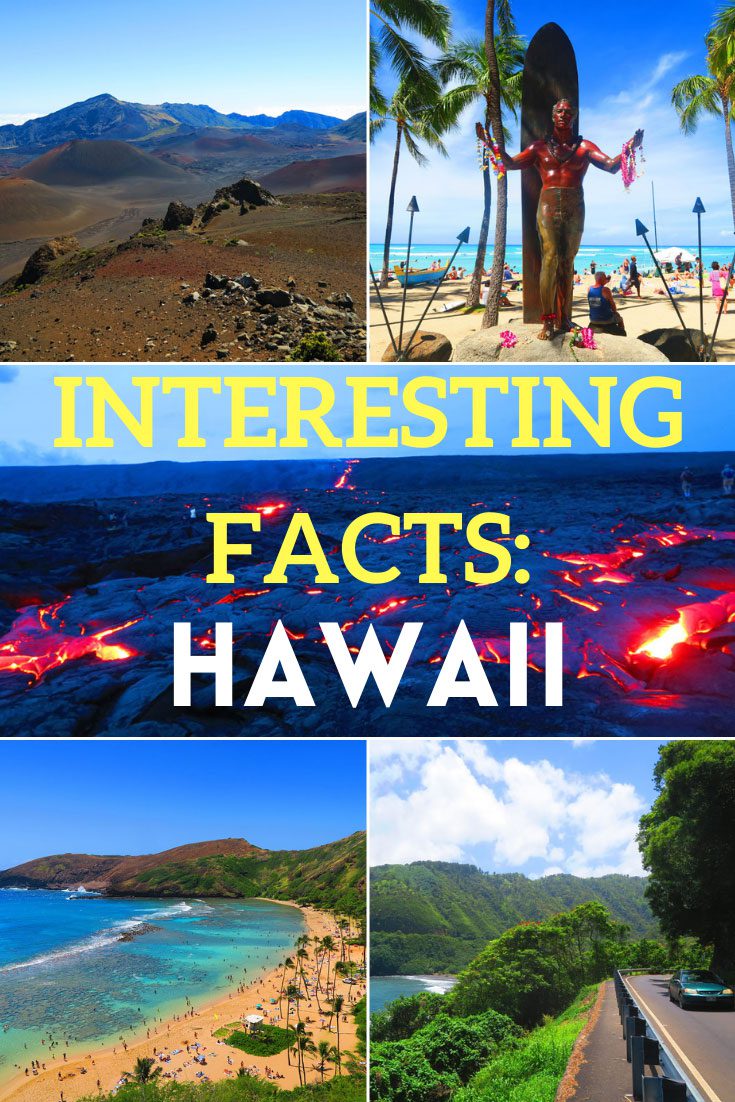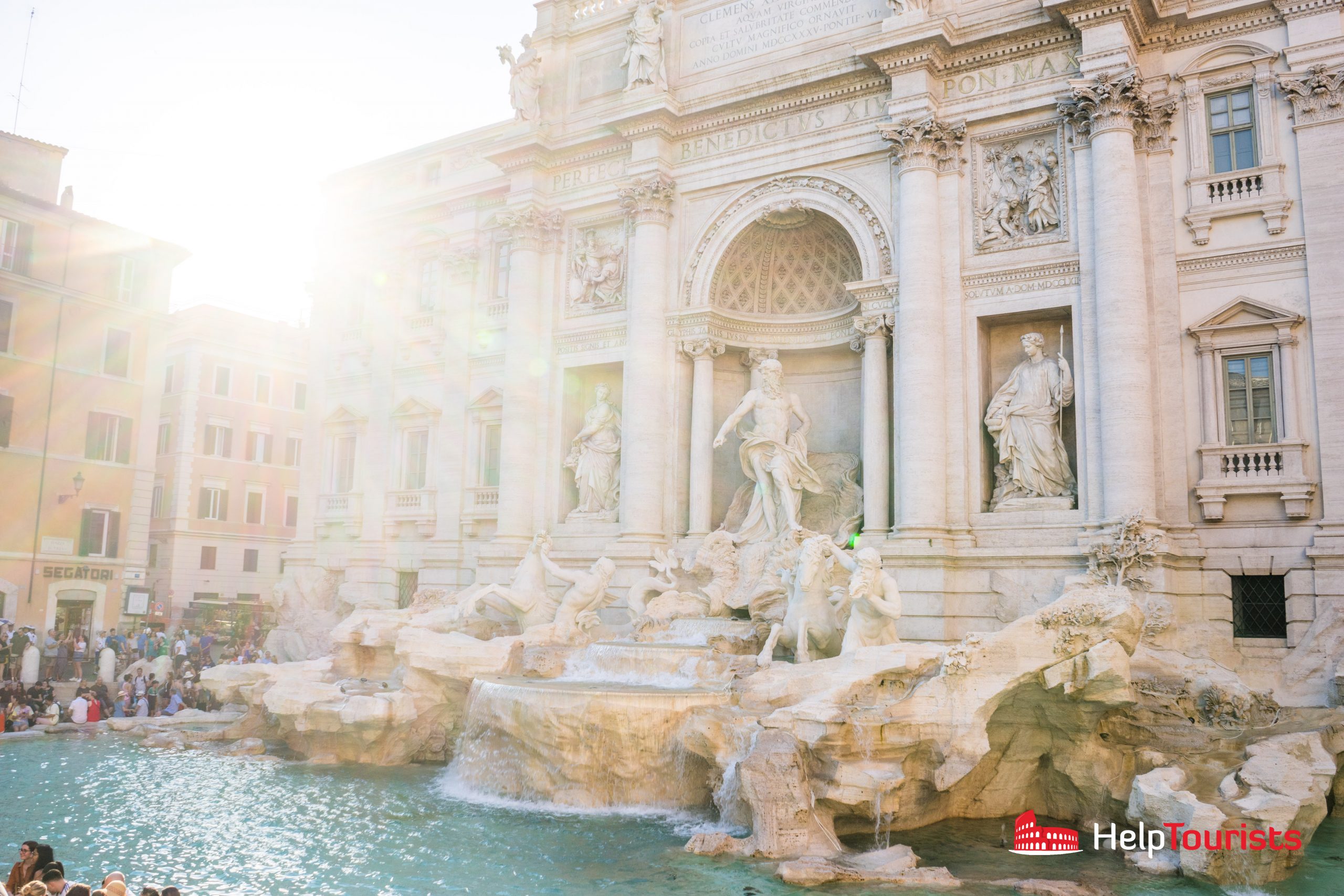Hawaii, an archipelago of exquisite beauty, boasts a rich tapestry woven from the threads of myth, magic, and remarkable history. Situated in the heart of the Pacific Ocean, these islands encapsulate a unique blend of cultural traditions, natural wonders, and enigmatic tales that both captivate and mystify. Herein lies a compendium of intriguing facts regarding Hawaii that embody its extraordinary charm.
1. Geophysical Wonders: A Volcanic Origin
The Hawaiian Islands are the product of intense volcanic activity; they arose from hotspots in the Earth’s mantle. The archipelago consists of 137 islands, but only eight are considered the main islands. From the formidable Mauna Kea, which is the tallest mountain in the world when measured from its underwater base, to the vibrant lava flows of Kilauea, these geological phenomena serve as both a fascinating subject of study and a stunning backdrop for daily life.
2. An Eclectic Ecosystem
Representing a lush oasis, Hawaii’s diverse ecosystems are comprised of rainforests, arid deserts, and coral reefs. More than half of the native plant species found here are not found anywhere else in the world. This endemic flora provides a critical habitat for countless animals. It’s not merely an ecosystem; it’s a sanctuary for unique life forms that flourish in isolation, illustrating nature’s incredible capacity for adaptability.
3. A Melting Pot of Cultures
Hawaii’s culture is an amalgamation of indigenous Hawaiian traditions and influences brought by settlers from Polynesia, Asia, and Europe. The Hawaiian language, with roots tracing back to Polynesian origins, is a vivid example of this cultural synthesis. Hawaii’s best-known traditions, such as hula, which is often misconstrued as mere dance, are deeply spiritual, conveying stories and connecting generations through rhythm and movement.
4. The Aloha Spirit
The concept of “Aloha” transcends mere greeting; it embodies an entire cultural ethos. Rooted in love, peace, and compassion, the Aloha Spirit represents not just how locals treat each other but also how they interact with the natural environment. This principle invites visitors to embrace a lifestyle marked by respect, tolerance, and a shared appreciation of life’s rhythms.
5. Legends and Myths: The Heart of Hawaii
Hawaii is steeped in vibrant mythology. One enchanting tale recounts the story of Pele, the goddess of fire and volcanoes, whose fiery temperament is reflected in the eruptions of Kilauea. Said to travel across the islands in search of a suitable home, Pele’s legends illuminate the spiritual connection between the land and its people, melding reverence and storytelling.
6. The Surprising Origin of the Tiki Icon
Tiki imagery is often misperceived as a genuine representation of Hawaiian culture. In truth, it has its roots in the broader Polynesian cultural sphere, and the tiki statues are more closely associated with the New Zealand Maori culture. However, these totems have been embraced by Hawaiian artisans, who contribute their expertise to produce unique interpretations that embody the allure of the Pacific Islands.
7. Unique Fauna: The Nene Goose
The Nene, Hawaii’s state bird, is a prime example of evolution in isolation. Originating from the Canadian goose, it adapted remarkably to its new environment. With a distinct, lovable appearance, the Nene has become endangered, which allows it to serve as a poignant reminder of the fragility of Hawaii’s ecosystems. Efforts are ongoing to sustain this species, symbolizing the importance of conservation within these beautiful islands.
8. The Breathtaking Beaches: A Palette of Colors
Hawaii is home to an array of stunning beaches, each with its own captivating hue. From the golden sands of Waikiki to the enchanting black sands of Punalu’u, formed from volcanic rock, and the rare green sands of Papakolea, derived from olivine crystals found in volcanic ash, the islands offer an unmatched kaleidoscope of coastal beauty. These beaches invite travelers to bask in the sun’s warm embrace while absorbing the breathtaking vistas.
9. The Cultural Significance of the Luau
The luau is not merely a festive gathering; it is a ceremonial event rich in history and cultural significance. Traditionally, luaus were hosted to commemorate significant occasions, such as a child’s first birthday or a warrior’s return. The celebration encapsulates Hawaii’s communal spirit through food, dance, and song, providing an immersive experience of the islands’ cultural heart.
10. The Stargazing Paradise
The remote location of Hawaii creates optimal conditions for stargazing, with Mauna Kea serving as a world-renowned vantage point. Its elevation offers an unobstructed view of the cosmos, making it an unparalleled site for both amateur astronomers and seasoned scientists. The swirling galaxies and shimmering stars serve as a manifestation of the universe’s grandeur, evoking a sense of wonder and insignificance in the face of its vast beauty.
11. The Unwavering Spirit of Resistance
The history of Hawaii is marked by resilience. The islands endured the impact of colonization, commercial exploitation, and annexation by the United States. Despite this tumultuous history, the Hawaiian people have steadfastly upheld their traditions, narrative, and cultural identity. This spirit of resistance underscores an enduring connection to the land, ancestral heritage, and an unyielding vision for the future.
In conclusion, Hawaii radiates an enigmatic allure that is as multifaceted as its islands. From its captivating myths to its breathtaking landscapes, Hawaii mesmerizes those who seek to understand its beauty. The islands represent a unique blend of natural wonders and rich traditions, inviting exploration and appreciation of all that they encompass.










